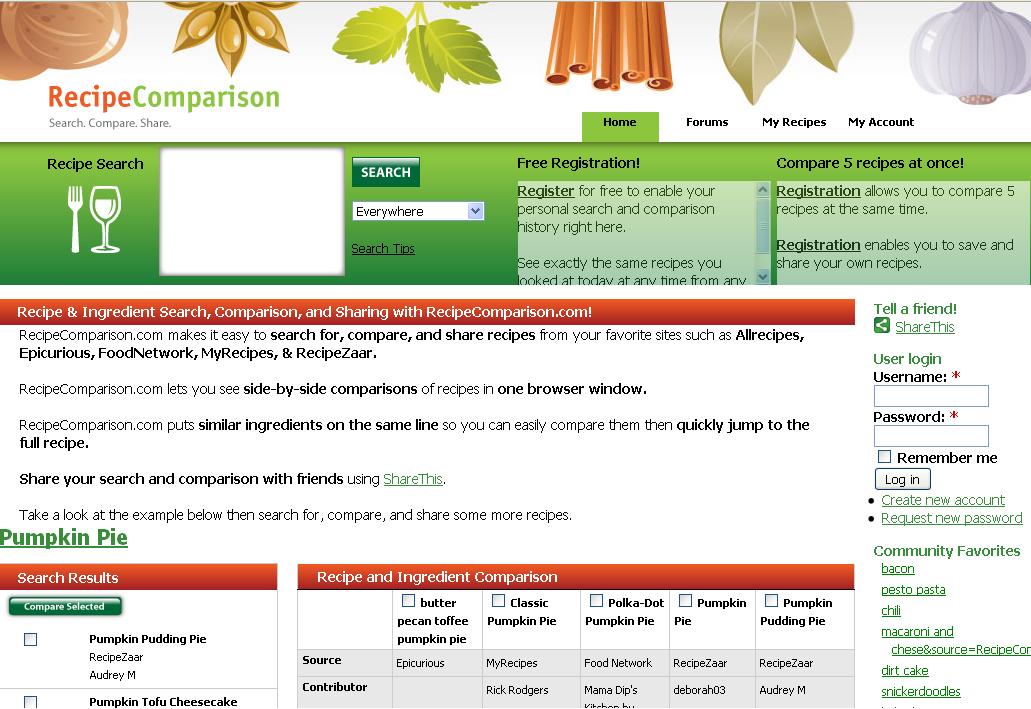The Netflix Prize & Modeling Influence
Last week, the NY Times published a great article about the leaders in the almost 2-year-in contest to create a computer algorithm that improves upon the ability of Netflix’ Cinematch engine to make accurate recommendations of what you’ll like by 10%. Competition is hot because the prize is a whopping $1million, but the progress of all of the teams seem to be stalled based on an inability to predict how you’ll like a small handful of polarizing indie movies – most notably Napoleon Dynamite.
So, what makes indies so hard to predict? Influence! While recommendation engines are built on the assumption that your taste stays the same, our “tastes” are constantly morphing based on the opinions and information we hear from those around us.
“…the reality is that our cultural tastes evolve, and they change in part because we interact with others. You hear your friends gushing about “Mad Men,” so eventually — even though you have never had any particular interest in early-’60s America — you give it a try. Or you go into the video store and run into a particularly charismatic clerk who persuades you that you really, really have to give “The Life Aquatic With Steve Zissou” a chance.”
Not only do your friends’ recommendations encourage trial or purchase, they also change the way you judge or take in the information. If I already know that someone I respect really loves a film (restaurant, book, whatever), I am walking in with a very positive inclination to also enjoy the experience. M.I.T professor Pattie Maes, who pioneered one of the first recommendation engines in the early ’90s, believes that these sources of influence are the flaw in the Netflix contest (based solely on movie rating information). She believes “culture isn’t experienced in solitude. We also consume shows and movies and music as a way of participating in society. That social need can override the question of whether or not we’ll like the movie.”
Our desire for conversational capital and the social connection it can create is indeed capable of overriding, or at least prejudicing, our individual tastes. Maybe instead of longing for the demogrphic information of the recommenders in the Netflix contest, the golden ticket would indeed be a social graph showing the way various recommenders are connected and the order they have seen the various films.

